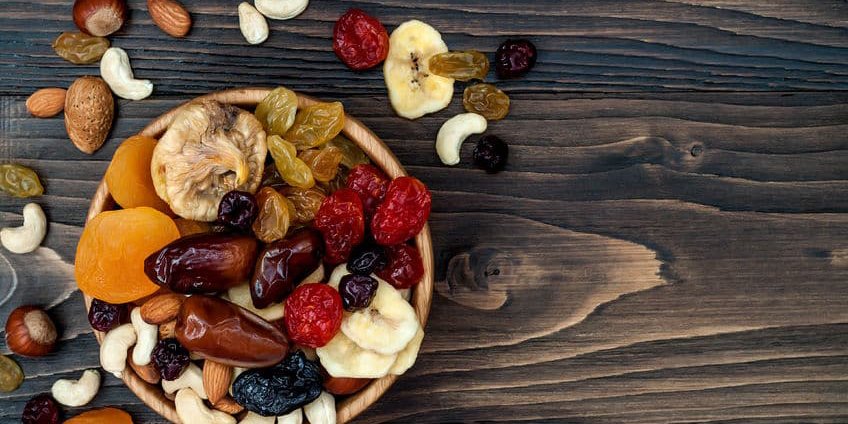Although technically not classified as an essential nutrient, boron may have benefits on reproduction, calcium metabolism, bone formation, brain function, insulin and energy substrate metabolism, immunity, and the functioning of steroid hormones including vitamin D, estrogen, and testosterone. The body absorbs 85-90% of the boron ingested, indicating it is used for something. Bone, nails, and hair have higher levels of boron than other areas of the body and lower amounts are found in fat. It does not accumulate in the body. Boron is still not well understood, but may have benefits for bone health, and may increase testosterone levels. Sources include prune juice, avocado, raisins, peaches, grape juice, apples, pears, peanuts, beans, apple juice, grapes, oranges, lima beans, milk, and cheese.
Quick Facts
–Although technically not classified as an essential nutrient, boron may have benefits on reproduction, calcium metabolism, bone formation, brain function, insulin and energy substrate metabolism, immunity, and the functioning of steroid hormones including vitamin D, estrogen, and testosterone.
–The body absorbs 85-90% of the boron ingested.
–Bone, nails, and hair have higher levels of boron than other areas of the body and lower amounts in fat. It does not accumulate in the body.
–Boron is still not well understood, but may have benefits for bone health [218], may increase testosterone levels [219]
RDI
None is set yet. Typical supplements use 0.15 – 6mg
Deficiency
–Symptoms have not yet firmly been established
–According to limited studies, deficiency may reduce mental alertness and impair executive brain function
Toxicity
–Not seen from drinking water historically
–Consuming highly concentrated sources of boron from cleaning supplies (borax) can cause nausea, gastrointestinal discomfort, vomiting, diarrhea, skin flushing, rash, excitation, convulsions, depression, and vascular collapse. It can also cause headache, hypothermia, restlessness, weariness, renal injury, dermatitis, alopecia, anorexia, and indigestion.
-15,000 to 20,000 mg can cause death in adults.
Sources
Plant sources
Prune juice, avocado, raisins, peaches, grape juice, apples, pears, peanuts, beans, apple juice, grapes, oranges, lima beans.
Animal Sources
-Milk, cheese. Little is found in meats.
On average, water has 0.031 mg/L and cow’s milk has 0.33 mg/L. [218]


